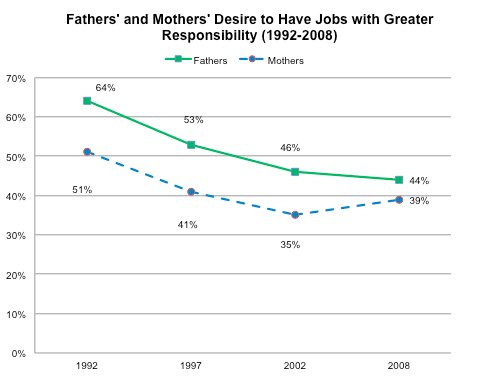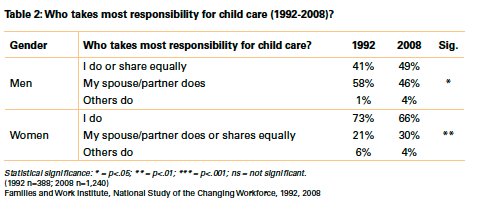Returning to the site of his first major economic speech as a young senator eight years ago, Mr. Obama lamented that typical Americans had been left behind by globalization, Wall Street irresponsibility and Washington policies, while the richest Americans had accumulated more wealth. He declared it “my highest priority” to reverse those trends, while accusing other politicians of not only ignoring the problem but also making it worse.
“With this endless parade of distractions and political posturing and phony scandals, Washington’s taken its eye off the ball,” Mr. Obama told an audience at Knox College. “And I am here to say this needs to stop. This needs to stop. This moment does not require short-term thinking. It does not require having the same old stale debates. Our focus has to be on the basic economic issues that matter most to you — the people we represent.”
The hourlong speech, one of the longest of his presidency, resembled a State of the Union address at times. The president mainly offered revived elements of his largely stalled economic program, like developing new energy, rebuilding manufacturing, spending more on roads, bridges and ports, expanding preschool to every 4-year-old in the country and raising the minimum wage.
But he and his aides hoped to use the speech both to claim credit for the progress made since the recession of 2008-9 and to position himself as the champion of a disaffected middle class that has yet to recover fully.
He chastised Republicans in Congress for not focusing on economic priorities and obstructing his initiatives. “Over the last six months, this gridlock has gotten worse,” he said.
And he challenged them to come up with their own plans. “I’m laying out my ideas to give the middle class a better shot,” he said, addressing himself to Republican leaders. “So now it’s time for you to lay out your ideas.”
Republican leaders were not impressed by Mr. Obama’s renewed push on the economy. Speaker John A. Boehner said beforehand that a speech would not make a difference. “What’s it going to accomplish?” he asked on the House floor. “You’ve probably got the answer: nothing. It’s a hollow shell. It’s an Easter egg with no candy in it.”
Senator Mitch McConnell of Kentucky, the Republican minority leader, said Mr. Obama’s speech would just be partisan rhetoric. “With all the buildup, you’d think the president was unveiling the next Bond film or something,” he said before the speech. “But in all likelihood it will be more like a midday rerun of some ‘70s B-movie. Because we’ve heard it all before. It’s old.”
Republicans said they had in fact advanced ideas for improving the economy, particularly in education, energy, tax changes and regulation. They noted that a House panel was taking up bills intended to relieve businesses of what Republicans consider burdensome regulation by the Environmental Protection Agency. “Mr. President, just get the federal government out of the way,” said Representative Kevin Brady, Republican of Texas, the chairman of the Joint Economic Committee. “Instead of putting handcuffs on job creators, try shaking their hand for a change.”
Mr. Obama acknowledged before the speech that it would not “change any minds,” nor would it outline new proposals. Any new ideas will come in a series of other speeches in the weeks to come.
But Mr. Obama and his aides billed his second Knox College speech as an important milestone in the president’s tenure on the national political stage. They said they hoped it would reset a national economic debate that had become too mired in the bitter clashes between the parties in Congress.
The Knox College speech was the president’s first stop on Wednesday. Afterward, he was to travel to the University of Central Missouri in Warrensburg for a second speech that afternoon before returning to the White House in the evening. As part of his pitch, he promised to develop in the next few months “an aggressive strategy” to tackle rising college costs.

Michael D. Shear reported from Galesburg, and Peter Baker from Washington.
Article source: http://www.nytimes.com/2013/07/25/us/politics/obama-to-restate-economic-vision-at-knox-college.html?partner=rss&emc=rss






